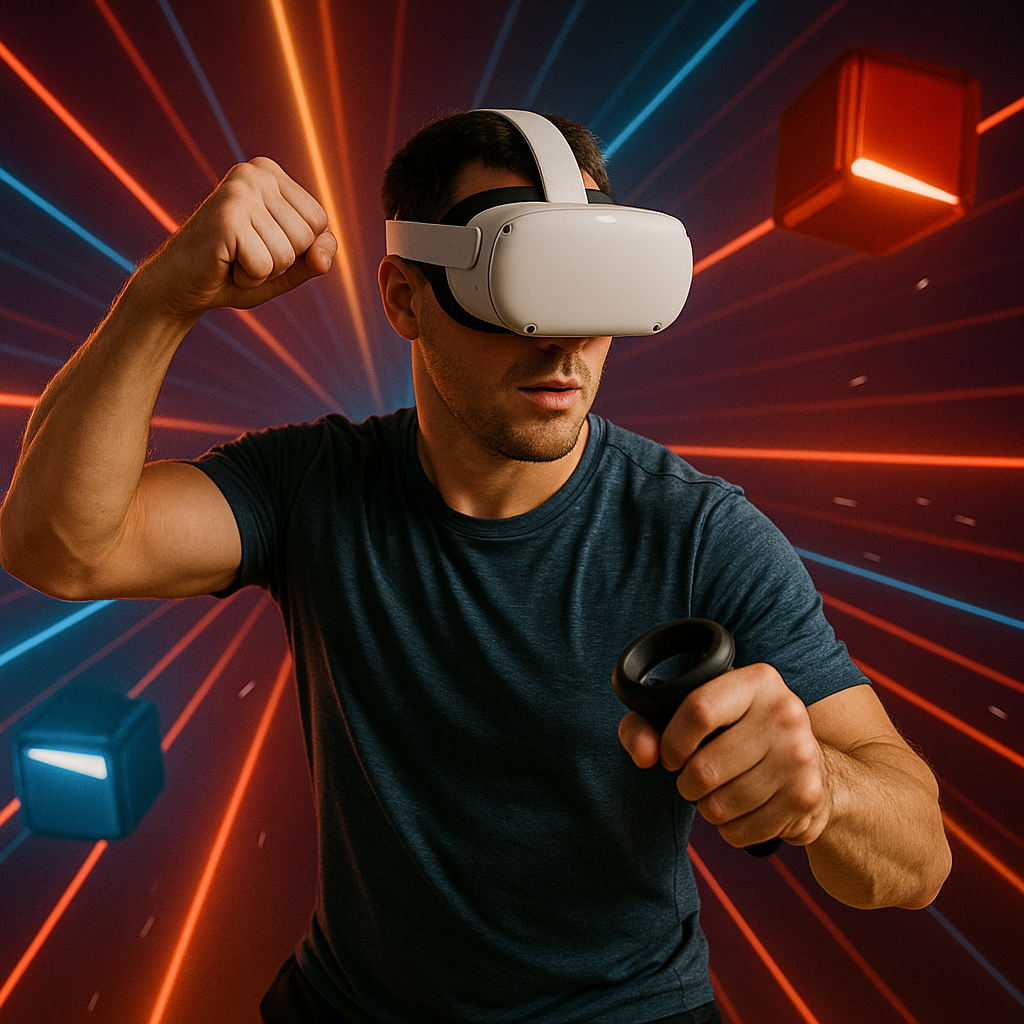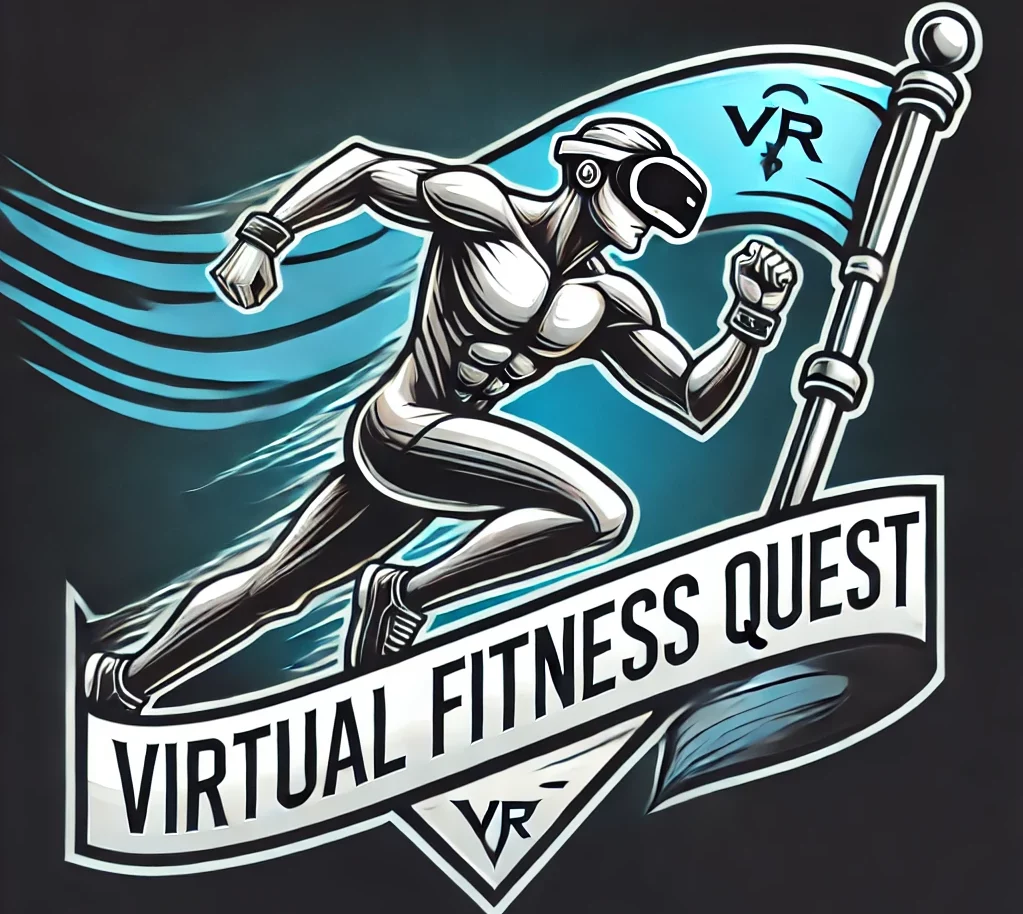
Virtual Reality Fitness 2025: From Digital Sweat To Real Recovery
Last Updated on: 6th September 2025, 04:16 pm
This article contains affiliate links, meaning I may earn a commission if you click through and make a purchase. As an Amazon Associate, I earn from qualifying purchases. This comes at no additional cost to you. I only recommend products or services that I believe will provide value to my readers, based on personal experience or thorough research.
VR Fitness Isn’t Just a Gimmick Anymore
Every now and then, I go digging for trends in the fitness world — not just the dumbbells and treadmills kind, but the futuristic stuff that makes people raise an eyebrow. Virtual reality (VR) used to be one of those eyebrow-raisers. But here in 2025, it’s no longer just “techy fun.” It’s a full-blown workout movement.
The global VR fitness game market is booming (The Business Research Company), and the stories coming out of it prove one thing: people are sweating buckets, torching calories, and reshaping how they think about fitness — all without stepping into a traditional gym.
How VR Turned Play into Training
The secret sauce of VR fitness is that it doesn’t feel like training. Games like Beat Saber or Just Dance VR trick you into burning calories while you’re focused on hitting beats or nailing a routine. It’s cardio disguised as fun.
Then there’s Supernatural, where even icons like Jane Fonda have jumped in to coach boxing, stretching, and flow sessions (People Magazine, Self Review). When Jane’s leading a VR class, you know the movement’s mainstream.

But it’s not just about fun or celebrity hype. Accessibility is also expanding. New apps like PunchPulse are built for people who are blind or have low vision (arXiv study), proving VR fitness is for every body.
And if that wasn’t enough, AI is pushing workouts further — adapting intensity in real time, based on how your body is responding. One minute you’re coasting, the next you’re in survival mode. That’s not gaming. That’s training.
The Digital vs. Human Reality
Here’s where I step back and level with you: I don’t personally strap on a headset and sweat it out in VR. My job — and my passion — is scouting the trail. I dig into the trends, research the tools, and deliver them so you can decide if the path fits your lifestyle.
And what I see right now is this: VR fitness is no longer a niche gimmick. It’s becoming a serious player in how people stay active, especially if you crave workouts that don’t feel like workouts.

But while the workouts may be digital, the recovery is 100% human. Your muscles don’t care if you just boxed an avatar or chopped real firewood — they’re still sore. Your body doesn’t know you danced against neon targets instead of in a studio — it just knows you’re drained.
That’s the piece most folks forget.
My Takeaway: Don’t Let the Avatar Outpace the Human
This is where the conversation leaves the headset and comes back to the real world. If you’re diving into VR fitness, you need to fuel and recover just like you would after a hike, a spin class, or a day of hauling firewood at camp.
For me, that means simple, reliable support. Nature Made supplements — like Omega-3s for joint recovery, B12 for energy metabolism, and multivitamins for overall wellness — are my go-to recommendation. They’re trusted, USP-verified, and they fit the everyday athlete, not just the hardcore gym-goer.

👉 Check out Nature Made here: Affiliate Link
Because here’s the thing: VR fitness might be the wild new frontier, but your body is still the same one carrying you through this adventure. And if you don’t support it properly, the headset will come off… and you’ll be left limping through real life.
Don’t let the avatar outpace the human.
⚡ Want to test your limits?
If you’re curious about how VR fitness challenges can push you — and want to see how far this digital trail really goes — check out the Virtual Fitness Quest Challenge.
The metaverse might be optional, but your health isn’t.

Leave a Reply